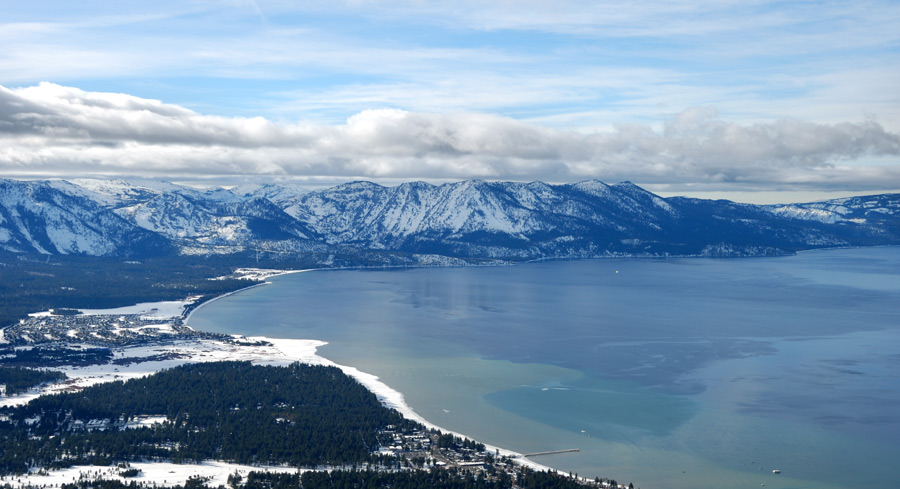Tahoe FAQ

How close are you to Heavenly ski resort?
Powder House has 8 centrally located shops, all of which are within walking distance of the Heavenly Gondola, CA base lodge and the casinos.
What ski areas are around Lake Tahoe?
There are over 20 ski areas around the lake. The big six are Heavenly, Squaw, Kirkwood, Northstar, Sierra-at-Tahoe, and Alpine Meadows. While Heavenly, Kirkwood, and Sierra-at-Tahoe are closer to the South Shore, Squaw, Alpine, and Northstar dominate the North side of the lake.
How long does it take to drive to the North Shore resorts?
Given normal winter driving conditions, it usually takes about one hour and twenty minutes to drive to any of the North Shore resorts.
Is there public transportation to all the ski areas in Lake Tahoe?
Each of the big six resorts have bus transportation that departs from central South Lake Tahoe locations and hotels.
I’m arriving in Reno, how long does it take to get to South Lake Tahoe?
If you are renting a car, drive time is approximately one hour and fifteen minutes. Upon leaving the airport, take US 395 South towards Carson City, go through Carson City and turn right onto US 50 to South Lake Tahoe.
What is the winter weather like in Lake Tahoe?
Winter weather changes dramatically in a short period of time. Generally speaking, our weather is much milder than Utah, the Rockies, or the eastern ski resorts. The California Sierra Nevada Mountains are noted for huge amounts of snow fall accompanied by clear blue skies and reasonably mild temperatures (not frigid cold). Of course, one must remember that weather is unpredictable and anything can happen.
OTHER LAKE TAHOE FACTS
• Lake Tahoe is the North American Continent’s largest Alpine lake; 22 miles long, 12 miles wide, and covers a surface area of 191.6 square miles, and has 72 miles of shoreline.
• At lake level, annual snowfall in South Lake Tahoe averages 125 inches. At alpine skiing elevations, the snowfall averages 300 to 500 inches each year.
• Lake Tahoe is 2/3 in California and 1/3 in the State of Nevada.
• The Lake’s surface is 6,226.95 feet above sea level and the natural rim is 6,223 feet above sea level, making it the highest lake of its size in the United States.
• Mt. Tallac at 9,735 feet is the highest peak rising from the shoreline. The highest point in the Tahoe Basin is Freel Peak at 10,881 feet.
• Lake Tahoe is the 3rd deepest lake in North America and the tenth deepest in the world. Tahoe’s deepest point is 1,645 feet near Crystal Bay. The average depth of Lake Tahoe is 989 feet.
• The estimated 39.75 trillion gallons of water contained in the lake is 99.9 percent pure, with visibility to 75 feet below the surface.
• Lake Tahoe is, geologically, a “young lake” having been formed 10,000 to 11,000 years ago.
• Glaciers are responsible for carving out the broad U-shaped valleys that hold Emerald Bay, Fallen Leaf Lake, and Cascade Lake.
• 63 streams flow into Lake Tahoe, but only one, the Truckee River, run past Reno and into Pyramid Lake.
• Lake Tahoe loses much of its water to evaporation. If the water that evaporates from the lake every 24 hours could be recovered, it would supply the daily requirements of a city the size of Los Angeles.
• Although the summer’s heat can warm the upper 12 feet to a comfortable 68 degrees Fahrenheit. Lake Tahoe never freezes over in the winter; this is due to the constant 39 degrees Fahrenheit, maintained at depths below 700 feet, largely because of the constant movement and volume of water.





